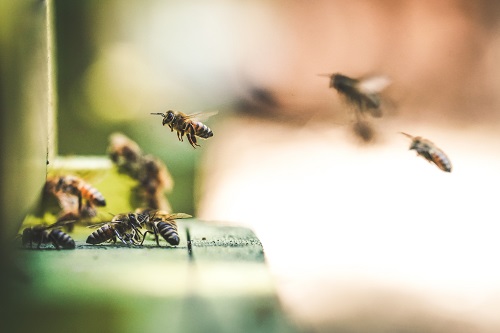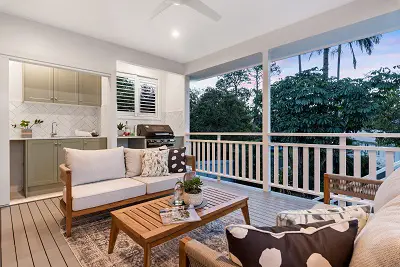How to Pick the Best Planter for Your Plant?
“I like big buds, and I cannot lie” ~ Anonymous.
- What exactly is container gardening?
- Characteristics to consider before choosing a planter.
- Types of materials used in making the plant pots:
- Ceramic pots are also known as Terracotta:
- Containers made of wood:
- Metal containers:
- Plastics as containers for plants:
- Fibers Glass containers:
- Concrete pots:
- Fabric pots:
- Additional Tips and tricks
- Unique new pots:
- Experts Advice:
What exactly is container gardening?
The practice where you or anyone you know grows plants in a pot. It’s just that simple. It is an activity of growing plants, herbs, and flowers in a container instead of the ground. The container can be of different materials. It’s also called a planter rather than a container.
There can be so many advantageous outcomes of using a planter for your plants like:
- Growing fresh organic vegetables without the use of dangerous fertilizers.
- Growing pretty colored flowers to decorate your home without spending a lot of money.
- Growing useful herbs used in cooking and medicine like Mint, Coriander, and Aloe Vera for so many of its health benefits.
- No need for solid ground in case you have a small home. You can just use a planter or two and hang them from up top.
- Get free oxygen from the plants growing in your home. Some plants can absorb toxins in the atmosphere so to cleanse the air.
Now that we have established the importance of plants and using planters to grow them, let’s see what you should consider before buying them.
Our recommendations
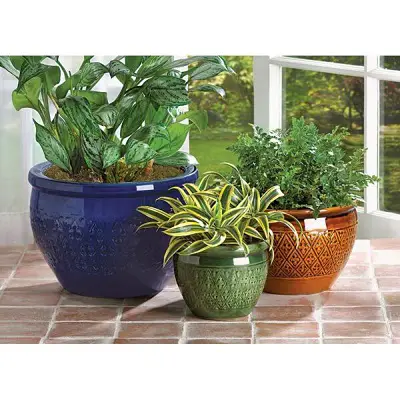
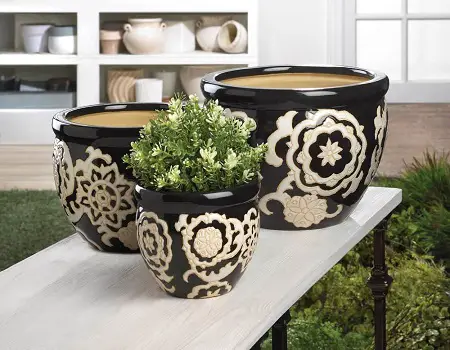
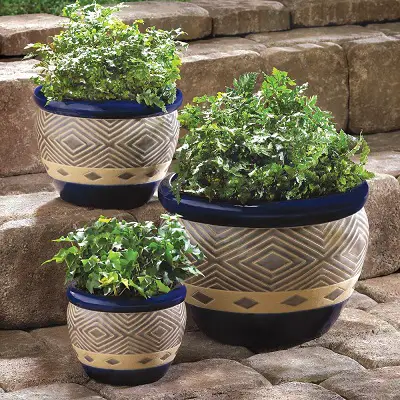
Here are some Useful Container Gardening ideas that would make it an absolutely fun activity.
Characteristics to consider before choosing a planter.
- Size of the planter
- Porosity
- Drainage
- Durability
- Weight
- Portability
- Maintenance,
- Weather issues
Porosity
It is the size of the pores in your planter. Why should your planter have pores? To let the plant and its roots breathe. For plants to grow, they must exchange gases with the atmosphere like Carbon dioxide and oxygen. These are not just necessary to happen at the surface of the plant, but from the roots as well. If this exchange does not occur, the plant would not grow properly. Materials like clay and cast cement, recycled plastics, hypertufa (a natural stone that is pretty lightweight), peat, and fiber-made pots/ containers help with this exchange. So, you know what to look for in terms of porosity.
Size of the planter
The size does matter in every situation. If you have a plant with an extensive root system and hence need a lot of room to grow, you need a big-sized pot. Pot big in size would help the plant grow properly. If your plant is a space saver and can grow in a limited space, then that’s it for you. Small pots would save space and money. But of course, it depends on your plants at the end. The plant wants what it wants.
Drainage
As they say, excess of everything is bad, they said it right. When you watered the plant, you wanted to shower it with as much water as you could. But the plant can use only some of it. The rest would just be wasted. This excess water needs to be drained out from the pot. The water that is in excess can cause plants to drown in it. Therefore, there should be holes in the pot to allow the excess water to leave the pot. This drainage is very necessary for the plants to grow properly.
Weight
The weight of the pot is important as it relates to its portability. If you want to change the locations of the pot often, then a lightweight pot would be better for you. If you live in a windy area, you need a heavy pot to avoid it from flying away. And that too depends on your preference. Sometimes different kinds of pots have different appearances too. Marble one gives a more antique look while plastic gives an easy finish. Although marble heavier than plastic. So, in addition to portability and wind circulation, there are other things too that affect the choice of a pot.
Our recommendations
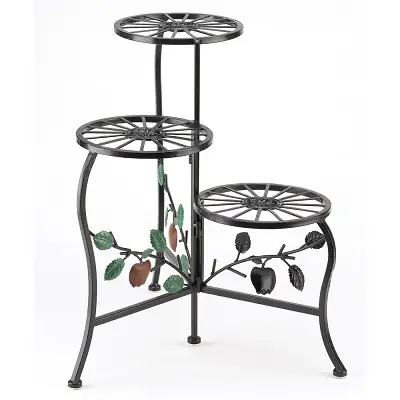
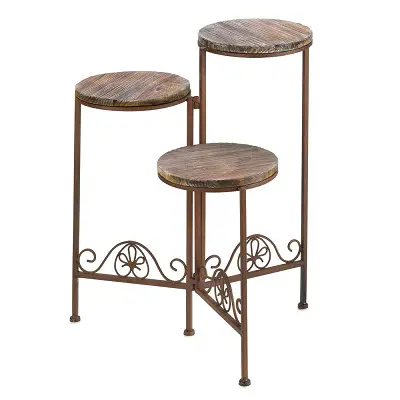
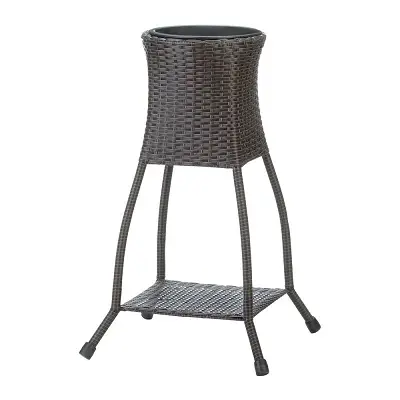
Weather extremities
The weather of the surrounding is bound to have an impact on the pot and hence on the plant. In cold weather, the roots of the plant are to be protected from freezing. It is done by placing it in direct sunlight. Or using an artificial lamp or heater. But can be achieved by using a black or darker shade pot to absorb sunlight. This would allow the plant to stay warmer for an increased period. To prevent the plant from excessive heat in summers, get a planter made of insulating material like clay or ceramic. Polystyrene can also be an important alternative to clay because it is lightweight and a very good insulator. Although it provides insulation polystyrene can be a bit toxic as it contains styrene and benzene as raw materials.
Maintenance
Using a pot made of materials that need maintenance can be a bit costly. These materials include polystyrene, wood, distressed bronze, and metal. Some materials like metal and bronze need to be cleaned up to prevent corrosion. This can add to the overall cost. Wood would need very little maintenance. You only need to renew the polish of the wood annually which is not very costly. Applying various preservatives and chemicals to restore your pots can be dangerous to the inside growing plants. So do the cleaning and restoring carefully. Clay pots can be useful as they won’t need any maintenance whatsoever. The downside of clay is that it is heavy and can break easily.
Moisture
The ability to retain moisture is very important. As every entity needs water, so do plants. Pots that can retain moisture for longer are useful. These include clay, cement, and wood (wood can absorb moisture and swell up to certain degrees). Polystyrene with other plastics having small, microscopic pores can provide moisture through osmosis. Metal being lighter and easy to handle wouldn’t be able to provide moisture to the plant. Lack of water can stunt the growth of plants. It doesn’t mean you start showering the plants with water. Plants need water in small quantities that they can use effectively.
Portability
This is related to the weight of the plant container. The portability comes into question in times when you need to move the pot often. For example, during winters you need to keep the plant in the sunlight to get the needed rays of sunlight. After that, you need to keep the pot back inside to not freeze up. The same thing for summer, you need to move the plant in shade after enough sunlight session. Excessive sunlight can wilt the plants due to extreme evaporation of water from the surface of the plant. So, this is where portability becomes an important issue. So, either your pot should be lightweight, or you should be a heavy-weight lifter. The choice is up to you.
Our recommendations
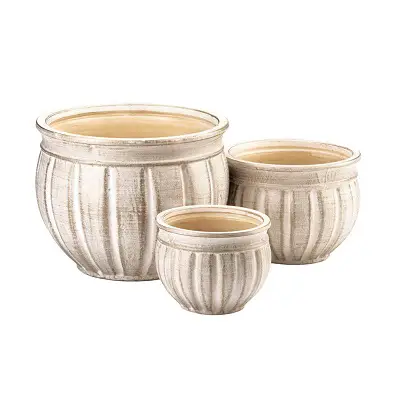
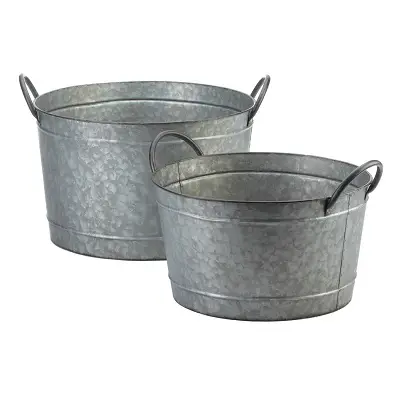
Not only do real plants need a planter but a Faux one too. I suggest to read my article Why do you buy containers for my faux plants and what do I look in them
Types of materials used in making the plant pots:
There are seven materials used commonly in pots;
Ceramic pots are also known as Terracotta:
Made of reddish clay baked to make them hard and strong. They can be glazed or not glazed depending on your choice. Either you are looking for a smooth or raw finish. They are most commonly used and are pretty inexpensive. They give off an earthy vibe. When clay ceramic pots are moistened with water, they give out the most beautiful fragrance. The fragrance resembles that of wet and fresh clay and sniffing that fragrance can have a therapeutic effect.
- These are easy to maintain and are durable.
- Insulator of heat and cold.
- Come in a variety of sizes.
- They are heavy with the weight of clay and soil added.
- They can be brittle and easily break if dropped.
- Easily absorb and lose moisture.
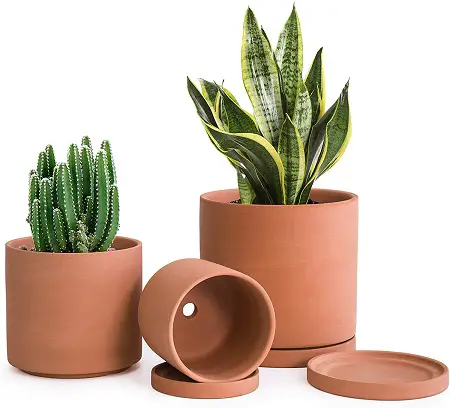
Containers made of wood:
Wood with its smooth finish and pretty intricate carvings can present as the most unique and feasible option. It can be painted over or simply be used as it is. It is made from a tree so can be custom-made to any size and style. Common wood types include cedar, pine, and Redwood.
- You can build your container with nails and hammers.
- It can be quite inexpensive and low maintenance.
- They can decay in a year or so and can be attached bf termites roaming around in the home or atmosphere.
- Wood needs to be polished annually or in a timely fashion to protect it which adds cost.
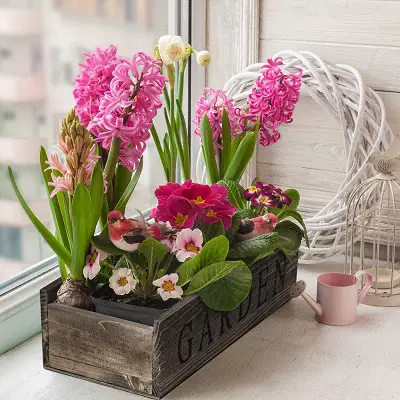
Metal containers:
The metal is shiny and smooth. It looks neat and has a great aesthetic to it. From a small cooking pot to a large file-keeping cabinet, anything can be repurposed into a plant container. You can even paint metal tin cans and keep the tiny plant in them. Metal is a very common choice for pot containers.
- It gives a unique outlook to the setting, acting as accent pieces.
- It takes many years for metals to wear out.
- Old items can be repurposed and reused.
- It can absorb excess heat in the sunlight and can be dangerous for your plant
- It acts as a barrier for gaseous exchange unless there are tiny pores.
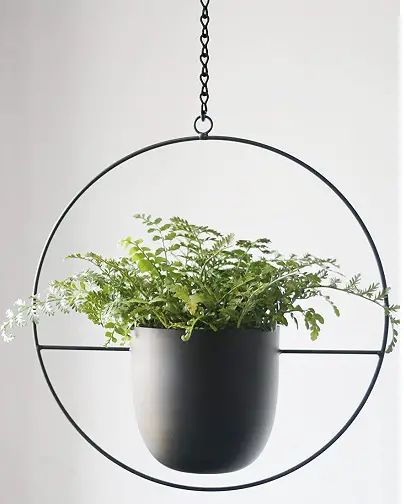
Plastics as containers for plants:
They are pretty diverse as an option for plant containers. Can be found in many sizes. They are styled from modern to traditional. With the ease of portability and many different styles. It is surely a great choice for a plant container.
- They are lightweight and easy to maintain.
- Weather-resistant.
- Won’t break or crack even when dropped.
- Cheaper plastics would have a cheaper feel.
- Some can get brittle over time in sun exposure.
- Plastics can gather toxins and other chemicals into the soil so it would be harmful to plants.
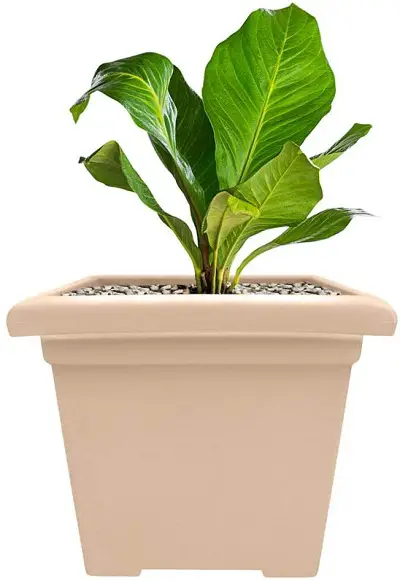
Fibers Glass containers:
Resins and fiberglass fibers are mixed to give the fiberglass containers for plants. They are similar in feel to the concrete or clay container but are different. They are also lightweight and easy to maintain. Can be molded into any shape and thickness.
- They are lightweight and easy to handle.
- Unlike clay, they decay, wither very slowly with time.
- They give a very designer and modern raw look.
- They are expensive to buy.
- They give off a very rigged kind of appearance.

Concrete pots:
Concrete gives a refined earthy look to the containers. Concrete being extra heavy has an alternative option known as Hypertufa. Hypertufa can be made by mixing concrete with Vermiculite and Peat moss. They are lighter than concrete and can be shaped into any kind of structure by molds.
- Concrete being a construction material can be very resistant to weather especially hypertufa.
- They are cheap and come in a lot of patterns and shapes.
- Their portability is very difficult because of their weight.
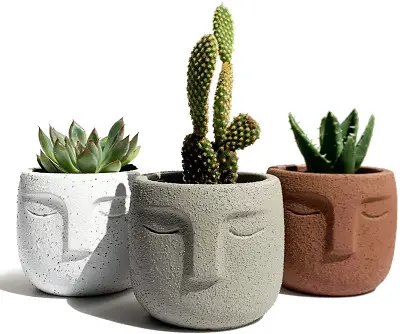
Fabric pots:
They are named after their fabrication from fabrics. They are the lightest of all the pots. You can just use them and put them back for the next season. Reusable bags of fibers are also used to grow plants. They are breathable and give a lot of space for plants to grow.
- These are cheap, easy to maintain, recycled, and reusable.
- They are very light
- They have to be tied down to a support or a hanger.

Additional Tips and tricks
- Lining the terracotta with heavy plastic would give it shock resistance and protect it from breaking.
- You can use old drawers made of wood as planters too. Keep them in a line to make a vertical garden or use them separately.
- Use cooking pots or tins made of metal as planters, simply drill holes in the bottom. You can do that by using large nails or a small drilling machine. This would help with the drainage.
- If the plastic fades, just spray some enamel on it to refurbish it.
- Wash up and clean the pots made of fiberglass. They can stand the cold, but it would help if they were stored during the cold.
Paint over your concrete pots to make various patterns and increase the appeal. Simple doodles or funny quotes would work too.
If you are planning to add a fiddle leaf tree to your planter. Make sure you read my article Guide to choose a Perfect pot for your fiddle leaf trees..
Unique new pots:
In addition to above mentioned unique and pretty pots of various materials and shapes, there is a new trend. Pots with funny puns and quotes are available in the market. They are cute and out of the box (but inside the pot). You can write your own quotes too.
Some of the ideas are:
“I am so excited I wet my plants.”
“Put this pot where the sun doesn’t shine.”
“Every summer in my pots, I plant you, I growwww you.”
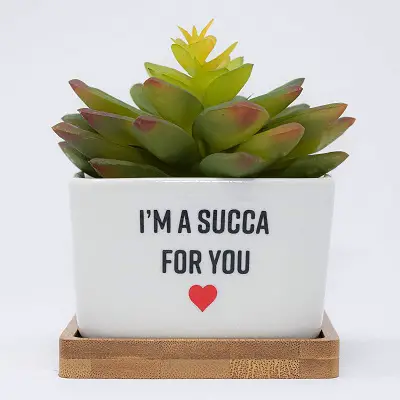
Experts Advice:
Container gardening is a very useful activity. It has many advantages from fresh vegetables to clear air. Gardening can also have some therapeutic effects on your health. So, let’s buy you the best planter for your plants. Happy Planting!

